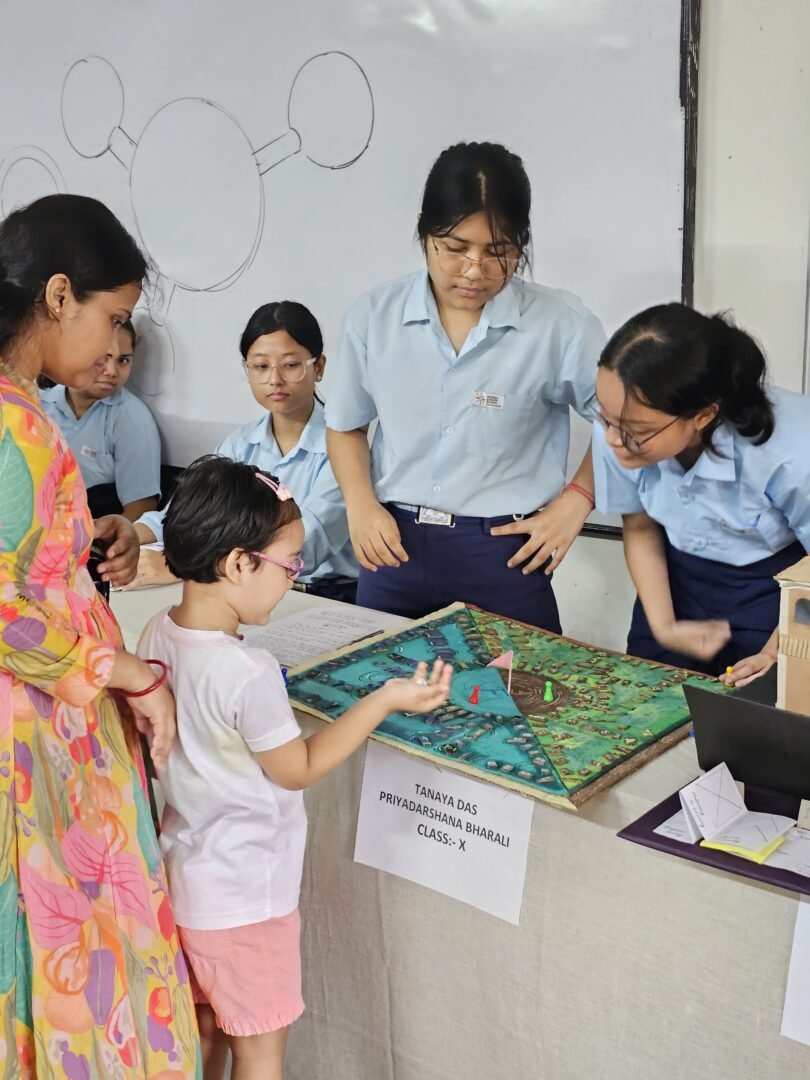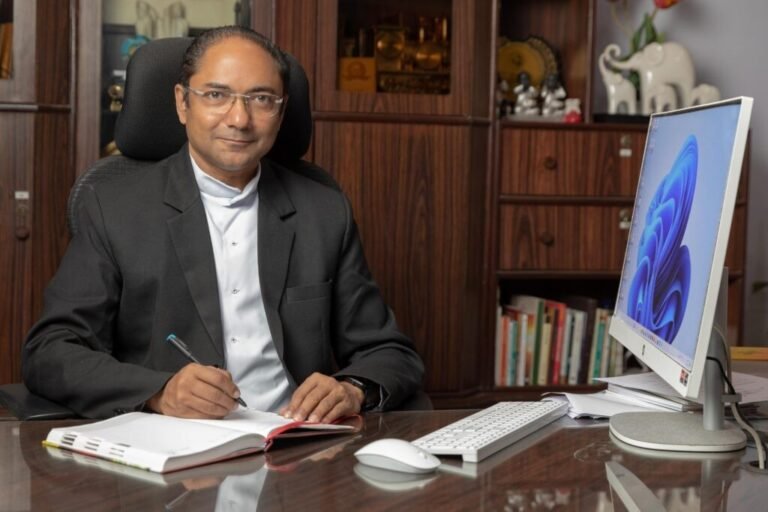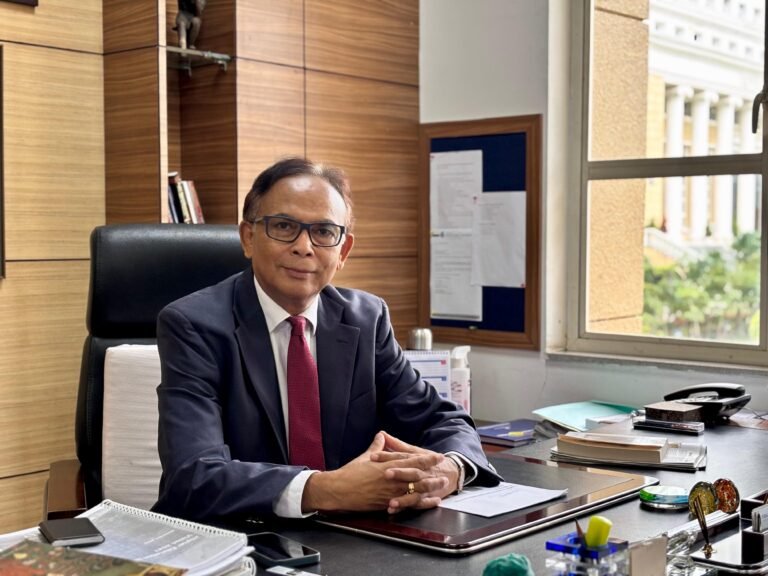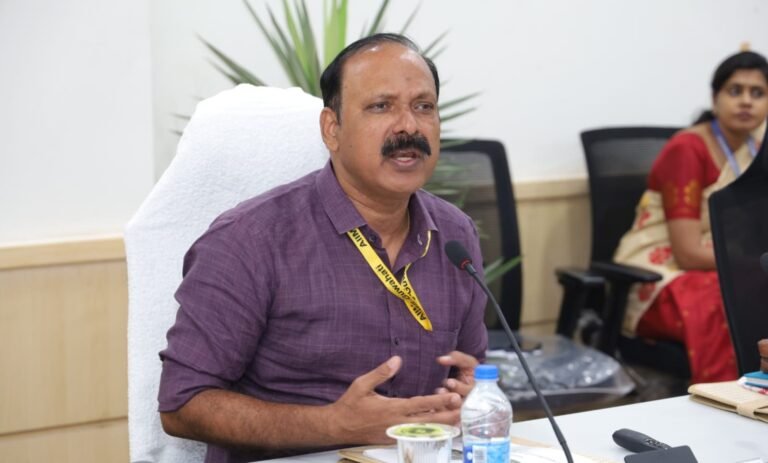Where Even PV Sindhu Could Train: Inside Assam’s Modern English School, Built with Heart and Excellence
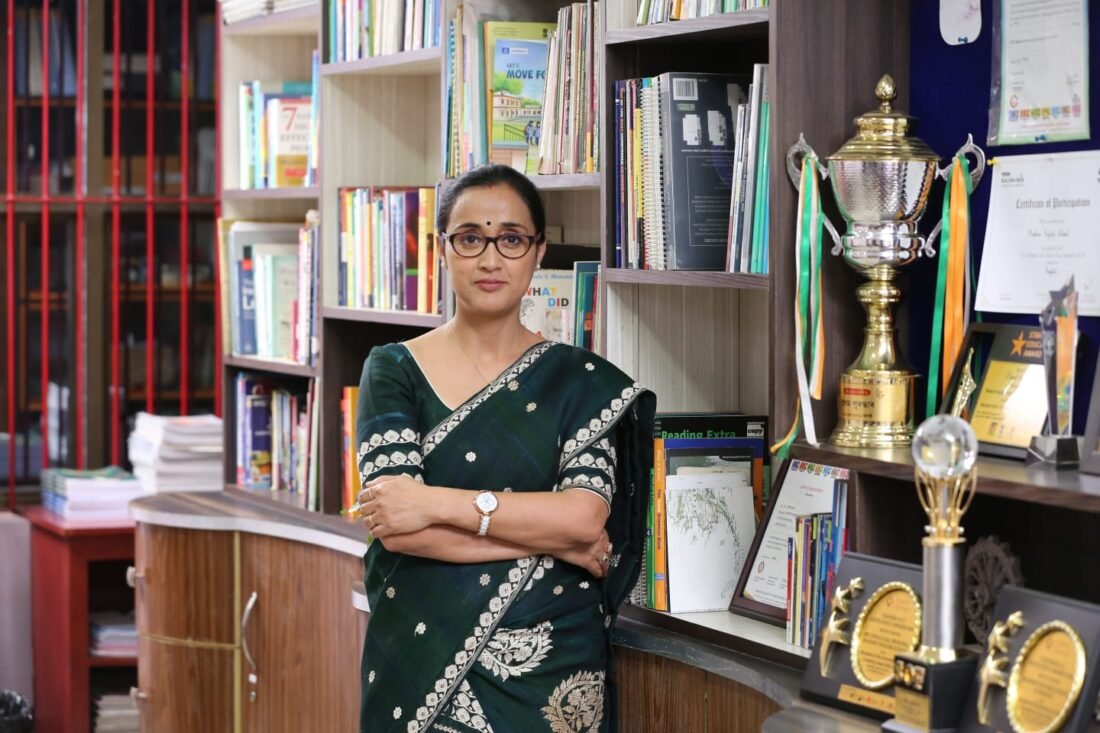
Established in 1984 in Guwahati capital town of Assam, Modern English School has grown from a humble initiative into one of the region’s most respected CBSE institutions. Known for its academic excellence, the school also boasts sports infrastructure that is so advanced that even international Olympic-level athletes could train here. But behind the accolades lies a story of community spirit, commitment, and a belief that education must be inclusive, meaningful, and value-driven.
In this candid Q&A, the school’s Principal Jonali Das shares the inspiring journey of Modern English School—from its unplanned birth to becoming a benchmark in quality education.
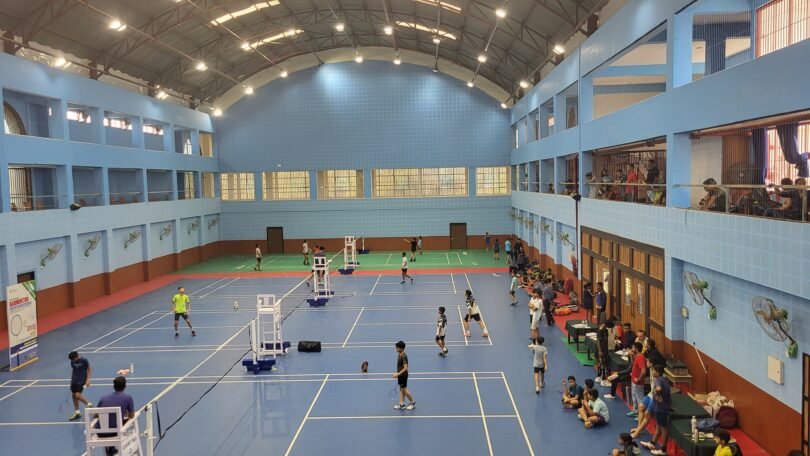
Q: How did Modern English School come into existence?
A: Modern English School began its journey in 1984. It was founded by the Late Kuladhar Das, my father-in-law. The story of the founding of Modern English School is quite interesting – there was no detailed plan to start the school.
The Late Kuladhar Das was actually trying to start a school for the Assam Police Association. He was then the Organising Secretary of the Association, and floated the idea of starting a school for the Association. The Executive Committee – the President and General Secretary and others – agreed and asked him to start the process of starting a school. But the General Body of the Assam Police Association, in its meeting, decided not to start a school. The Late Kuladhar Das got quite disappointed that his year long work bore no fruit.
Ultimately, he decided to start a school on his own. The name Modern was proposed by his childhood friend Prof. Gargeswar Das and Mr Arunesh Deb Roy, his senior colleague in the Police Department, proposed that the word “English” should be there so that people would know that this school is an English Medium school. That is how the name Modern English School came to be. Mr Manomohan Das, another friend, who was almost like his brother, worked as the founder Secretary of the school. The help and advice that he received from these friends and other well wishers strengthened his hands and the school grew as time went along.
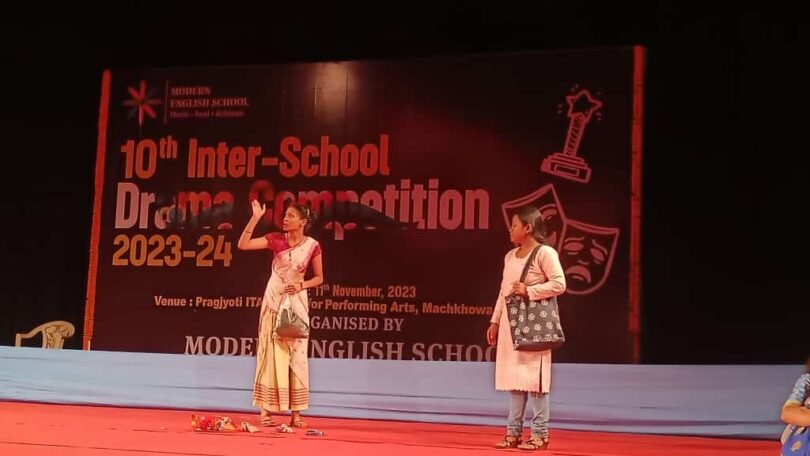
Q: What makes the school’s academic journey stand out?
A: We started as a school with 11 students and 6 teachers in 1984. All students of class 10 from 1989 to 2007 appeared for class X board exams as Private candidates from SEBA. It was always a conscious decision to be affiliated to the CBSE, in which the school was successful in getting affiliation in the year 2006, and by 2008, we had extended to Class 12. It was built brick by brick under the leadership of my father-in-law, the Late Kuladhar Das and later, my husband Pankaj Das. We’ve always prioritised quality teaching, hiring faculty carefully, many of whom are paid government-equivalent salaries. That’s how we’ve sustained our academic legacy.
We are proud to announce that we have added and shall always add value to the students’ academic capacities.
Q: How does the school approach admissions?
A: We don’t believe in long queues or hype. Admissions are open and fair. We conduct an Assessment of Academic Standard—not entrance exams—to understand where a child stands academically. If there’s a mismatch in grade, language, or background, we don’t reject the student—we reject ourselves, because it means we might not be able to serve them well. Our real goal is value addition—to take a student from 50% to 70%, not to demand 90% from day one.
Q: What measures ensure academic performance?
A: Every child from Nursery to Class 12 is closely monitored. From Class 3 onwards, we ensure no student scores below 50%. Remedial classes for all types of students as per academic standard, individual support, coordination with parents and regular assessments are part of our system. Report cards don’t just show grades—they show the progress made during the term.
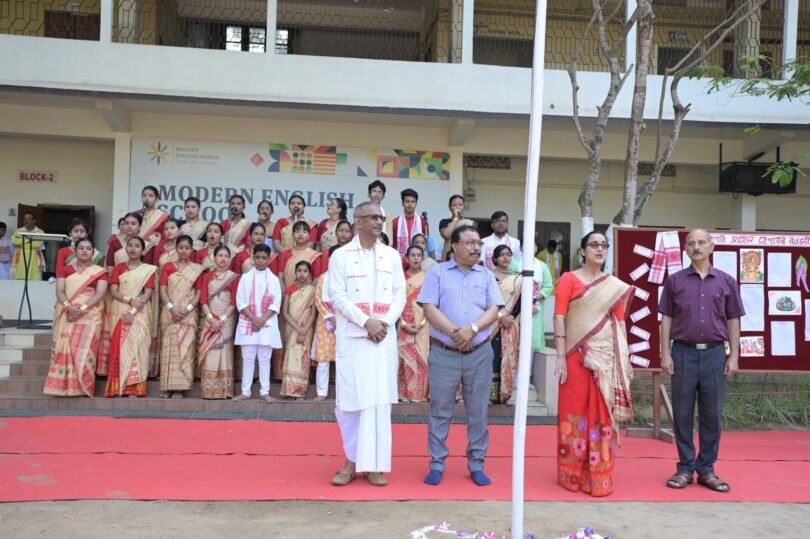
Q: What’s the current student-teacher ratio?
A: We have around 1,400 students and 80 teachers, giving us a strong ratio for personalized attention. Our strength lies in three pillars: dedicated faculty, academic discipline, and a nurturing cultural environment.
Q: Tell us more about your sports infrastructure.
A: Our MES badminton courts are Olympic-standard, so well-built that even an Olympic-level player like legend PV Sindhu can train here for competitions. That’s the level of quality we maintain. In addition, we offer cricket, volleyball, basketball, taekwondo, Basketball and Yoga training. We have many state-level champions, and one of our students, an under-15 boxing state level champion, is preparing for the nationals. Sports are not extra curricular activity—they are integrated into our growth philosophy.
Q: How active is the school in cultural and co-curricular activities?
A: Very active. We’re especially known for drama and performing arts. Our school has won awards like the Telegraph CCA, K-12 recognitions, and several Best Principal Awards, including from Star Education and SOF. These recognitions are a result of our deep belief in holistic education.
Q: Do you support underprivileged students?
A: We currently support about 25 students whose families face economic hardship, especially due to medical crises like cancer. We don’t publicize it, but it’s an important part of our mission. We quietly help them to continue their education without burdening the family.
Q: What are your goals for the next five years?
A: We want to continue improving, not just to produce 90% scorers, but to ensure the average student reaches at least 75%. That’s meaningful progress. Recently, we were ranked #1 in Assam and 27th nationally by IIRF 2025 (10+2 Schools Ranking) for Best Schools in Academic Performance. We aim to hold that standard while staying grounded.
Q: What is your stance on fee structure and accessibility?
A: We are a moderately priced school. Not the cheapest, but not premium either. Our fees reflect the quality of education, sports facilities, and faculty we offer. We follow NCERT curriculum, provide a well-structured academic calendar, and promote multi-cultural diversity with a strong local connection.
Q: If you had to summarise the essence of Modern English School in one sentence?
A: A school built with heart, where even Olympic athletes could train, but where every child’s growth matters most.


